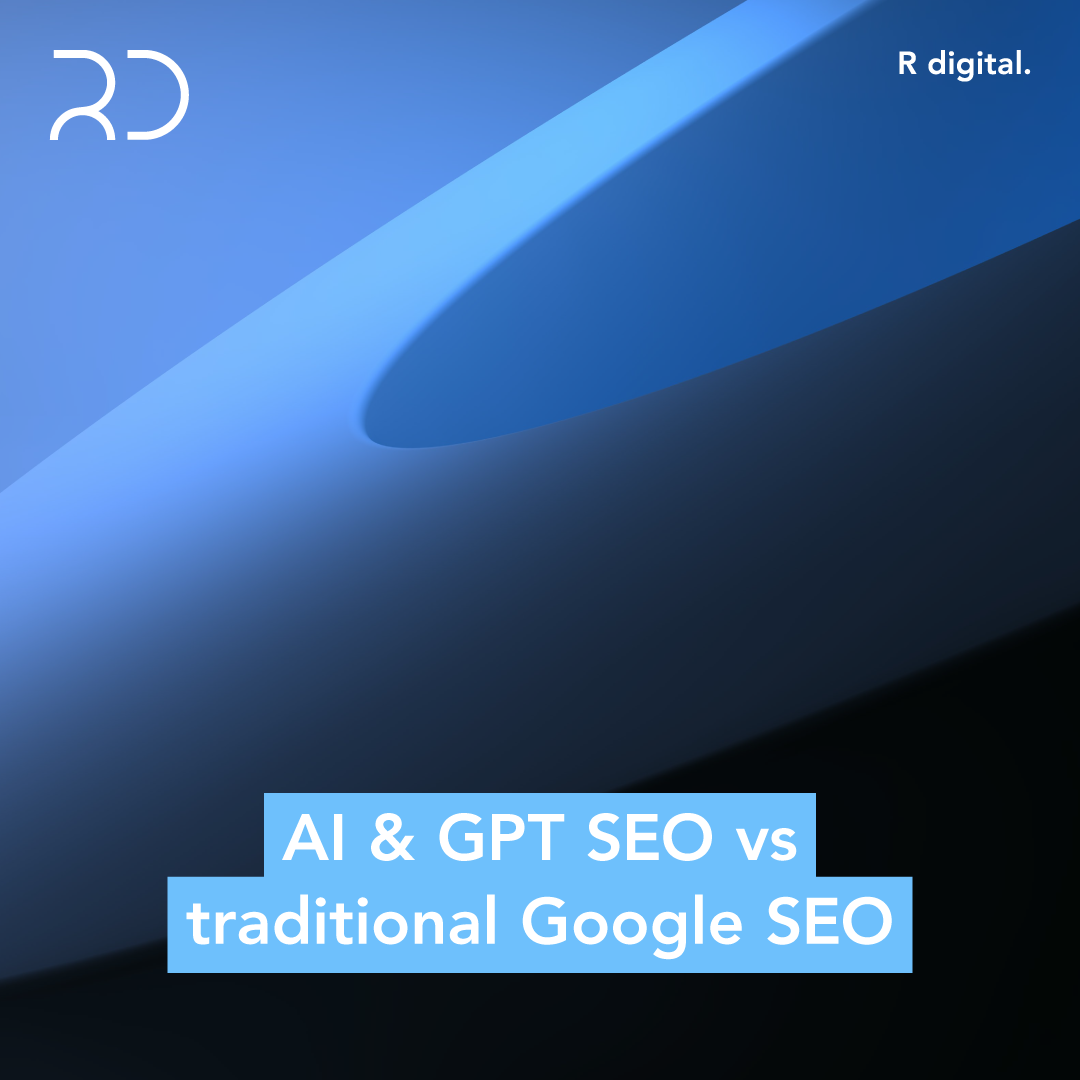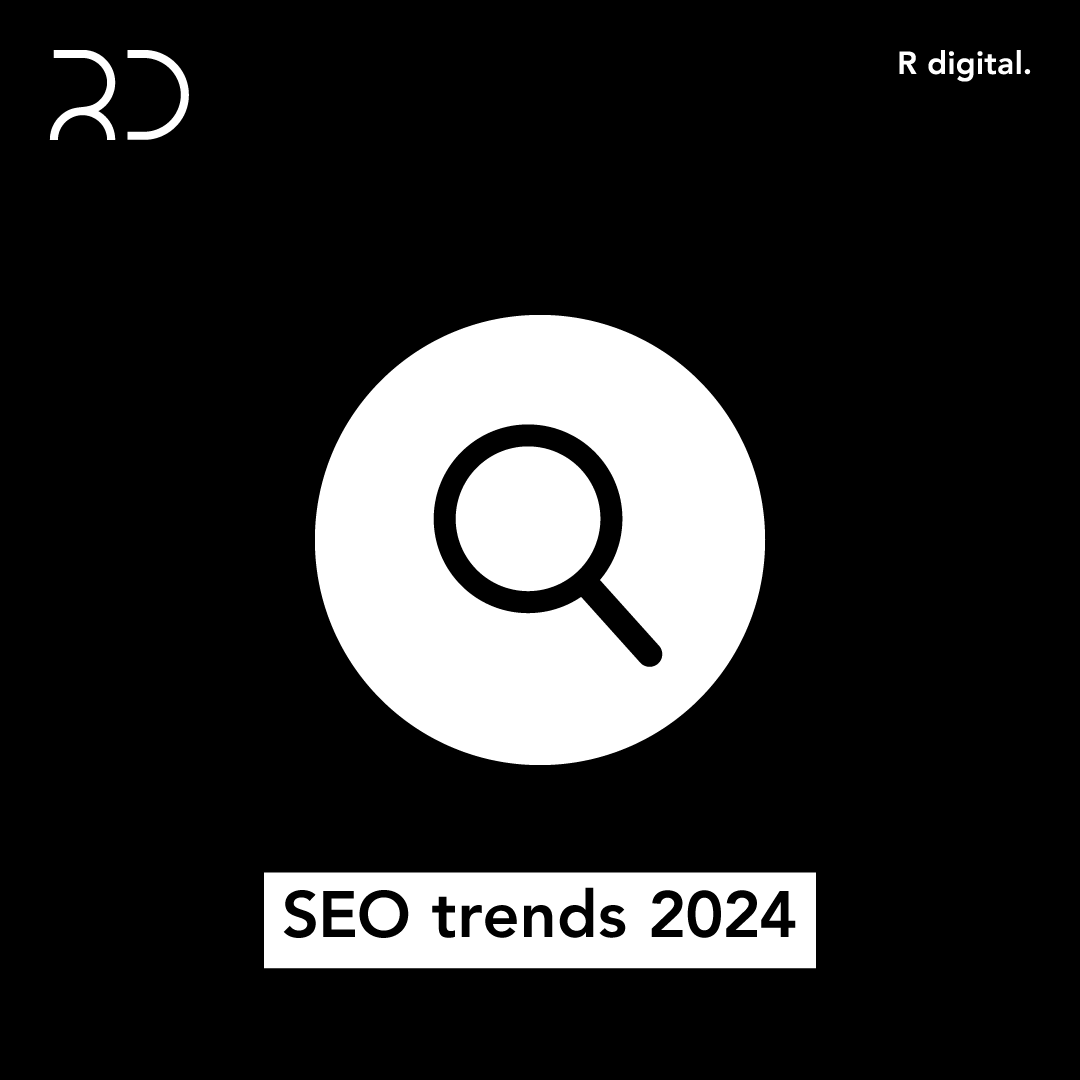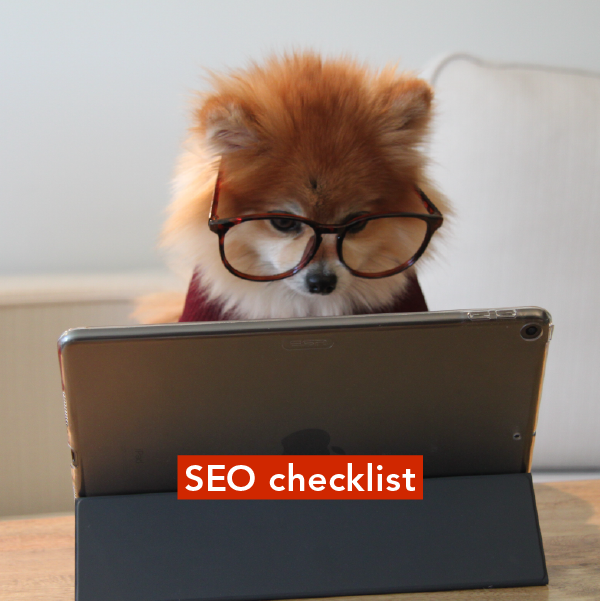Businesses are competing for visibility on the internet. In this race for visibility, it is the search engines that set the rules and act as the judges. Marketers have to grasp the concept of search engine optimization and its mechanics to help websites climb the search results. There is no magic word to win this competition but if there is one thing that can act as a magic spell, it’s your content. Let’s get into the details of what content optimization means, how you can achieve it, what mistakes you must avoid during content optimization and what should you aim for when writing SEO Optimized articles for your website.
What’s SEO Optimized Content?
It is the content on which you have applied the various SEO techniques and tactics to rank it among the top results on search engines. This content contains all the signals and indicators to convince search engines that the internet users will find value in it. The whole process consists of various components that include but are not limited to:
- Using Keywords
- Writing Certain Length Articles
- Writing Persuading meta titles and descriptions
- Structuring the Content Sensibly
- Creating Backlinks
Let’s take a look at how to optimize each component and produce SEO Optimized articles for your website.
How to Write SEO Optimized Articles
Learn the Use of Keywords
Keywords are the backbone of search engine optimization, but you have to do your research before incorporating them into your content. You can use keyword research tools like Google Keyword Planner for the research purposes. Once you know the right keywords, you have to know the many variations of them. If a keyword is “SEO companies (name of the state)”, you can use a variation of it e.g. (name of the state) SEO companies. You have to use the keywords naturally. Do not overdo them just for the sake of having SEO Optimized Articles.
Must Avoid
You must avoid using keywords unnecessarily and excessively—a process that’s properly known as keyword stuffing. Take a look at this example of how NOT to use a keyword.
Incorrect Usage: The leather wallets we sell are the best leather wallets that leather wallet enthusiasts will fall in love with. (You have rubbed Google the wrong way)
Proper Usage: Our leather wallets are the best, and you are sure to fall in love with them.
Choose an Article Length That Matters
Does it matter how many words your article is? Yes, it does. In the past few years, Google has emphasized vehemently on the “value” of the content. Your content must offer some value to the readers. When readers find value in your content, they give it time, and when they spend time on your web page, Google takes it as a positive SEO indicator. In short, it reduces the bounce rate of your pages. First, talk about things that matter to your audience. Second, write in a natural tone and use interesting topics. Third, keep the length of your article between 1500 and 2000 words.
Must Avoid
Do not try to stretch the content if you have fully discussed the main topic in fewer than 1000 words. Overstretching will result in fluff and that’s a sign of value-deficient content. Here is what fluff looks like.
Example: There are three different ways of catching this particular fish and all of these three ways are given below.
Correct Usage: Here are the three different ways to catch fish.
Compelling Titles and Descriptions
The meta title and meta description of your post are the two pieces of information that appear on the search result pages. The main bold heading in the search engine result is your meta title and the 2-3 line description is your meta description.
Your meta description is like a sales copy. They are two to three lines wherein you have the opportunity to convince your potential customers to click on your ad. They will only click when they find value in your meta description and relevance to their search.
As for meta title, you have to use the most potential keywords in your meta title. It is important at this point to understand that a post title is different from a meta title. You can write a meta title and a post title differently. The meta title will appear in the search engine results whereas the post title is the one that appears above your post on your website.
An ideal meta title should be around 300 characters including the spaces. It can be up to 320 words but you have to be sure to maintain its value. Do not stuff it with keywords. Offer a snippet of your article that you think will strike your potential customers the most.
Give Your Content a Logical and Sensible Structure
Structuring your content is crucial because it makes your article readable. Google knows from the structure of your article how easy it will be for humans to read. A general rule is that your article should be structured so perfectly that a quick scan explains it to the reader. The tools you have available to structure your content logically and sensibly are H1, H2, H3, etc. headings. Here is an example of a bad and a good article.
Bad Example:
- Post Title
- Article Body
Good Example:
- Post Title (H1)
- Introduction
- Heading (H2)
- Sub-headings (H3)
- Heading (H2)
- Sub-headings (H3)
- Conclusion
By using proper heading tags, you make your content easy for readers to scan. This compels the readers to stay on the page for a few minutes, which in turn reduces your bounce rate.
Invest Time in Creating Backlinks
Backlinks are the next most important thing on the list of SEO best practices after keywords. Take a look at this chart to know how much importance Google gives to the backlinks of your content.
Creating quality backlinks is essential when creating SEO optimised articles for your website but it requires some effort. The best way to create backlinks for your content is to do guest blogging or posting. That’s when you ask other bloggers to host your content and create backlinks on their blog directing visitors to your website. You have to give them high-quality content for them to agree with this trade. Avoid backlinks from low-quality websites. Use proper anchor text to link back to your landing pages and content.
The anchor text is the part of the sentence that turns into a hyperlink and clicking on which directs people to your website. Use anchor text that’s relevant to your industry, product/service and the content of the landing page to which it is linked. Avoid generic anchor texts.
Good Anchor Texts
- Affordable SEO Services
- SEO Optimized Articles
- How to Optimize Content
Bad Anchor Texts
- Click here
- Visit this
- Learn more at
Backlinks coming from the bad anchor texts are low-quality backlinks.
Conclusion
In the world of digital marketing, they like to say, “Content is king.” But that’s just an incomplete statement. Instead, it should be, “SEO-optimized content is king.” Properly SEO optimized articles contain value for both, the search engine and the human readers. While trying to satisfy both, you have to keep your focus on quality. The many last algorithm updates from Google have made it crystal-clear that quality trumps quantity any day. Use the tips given above to your advantage and keep patience because, despite your best efforts, it can take months for your website to be among the top search results.



